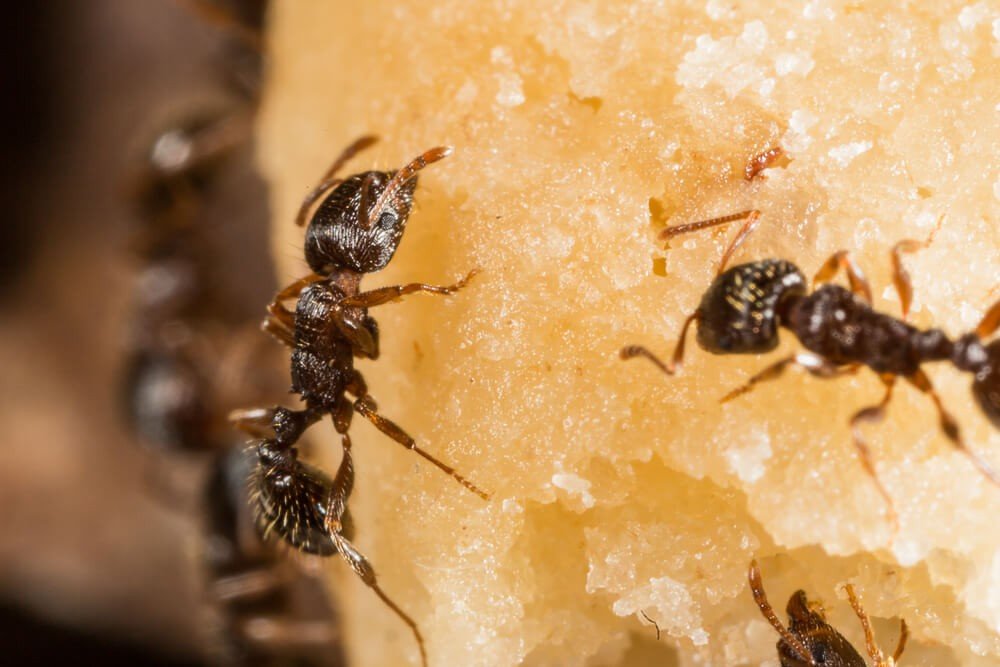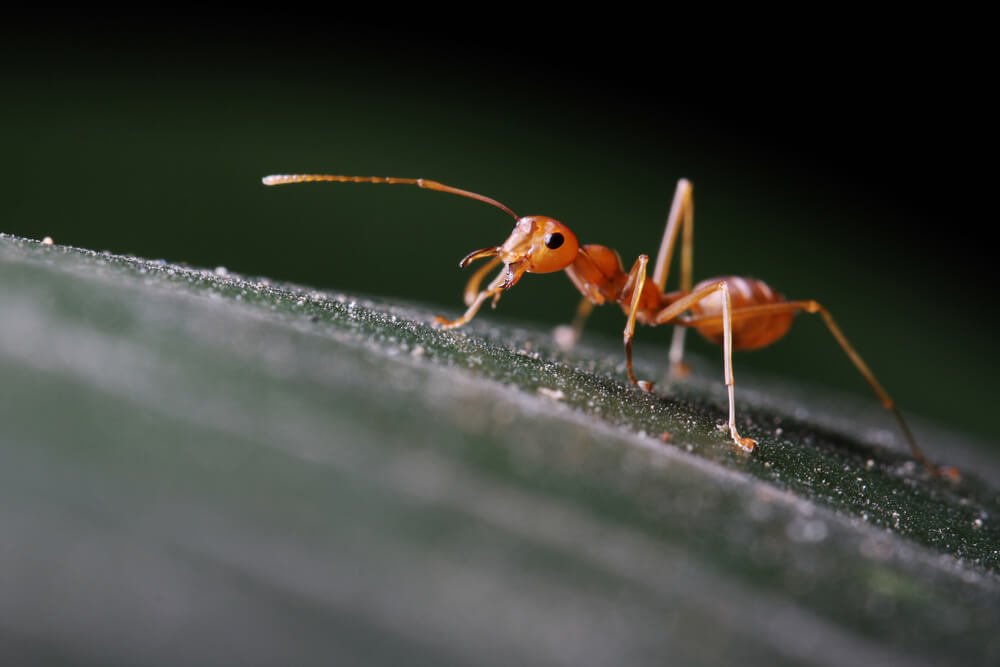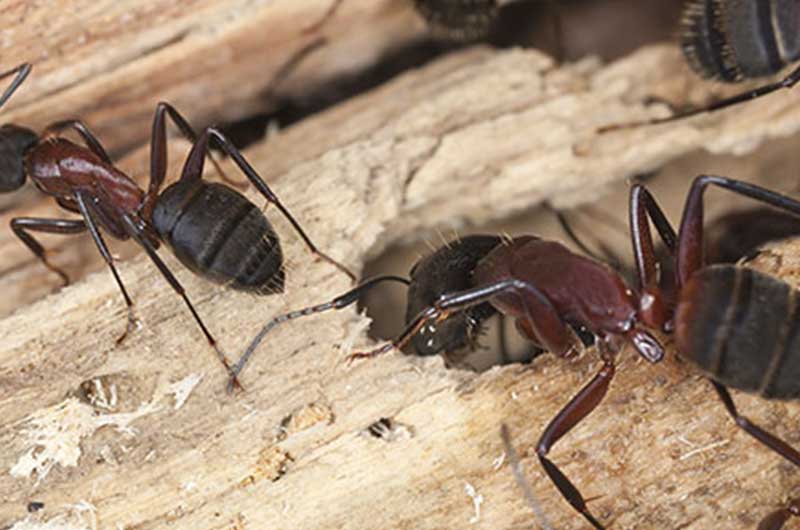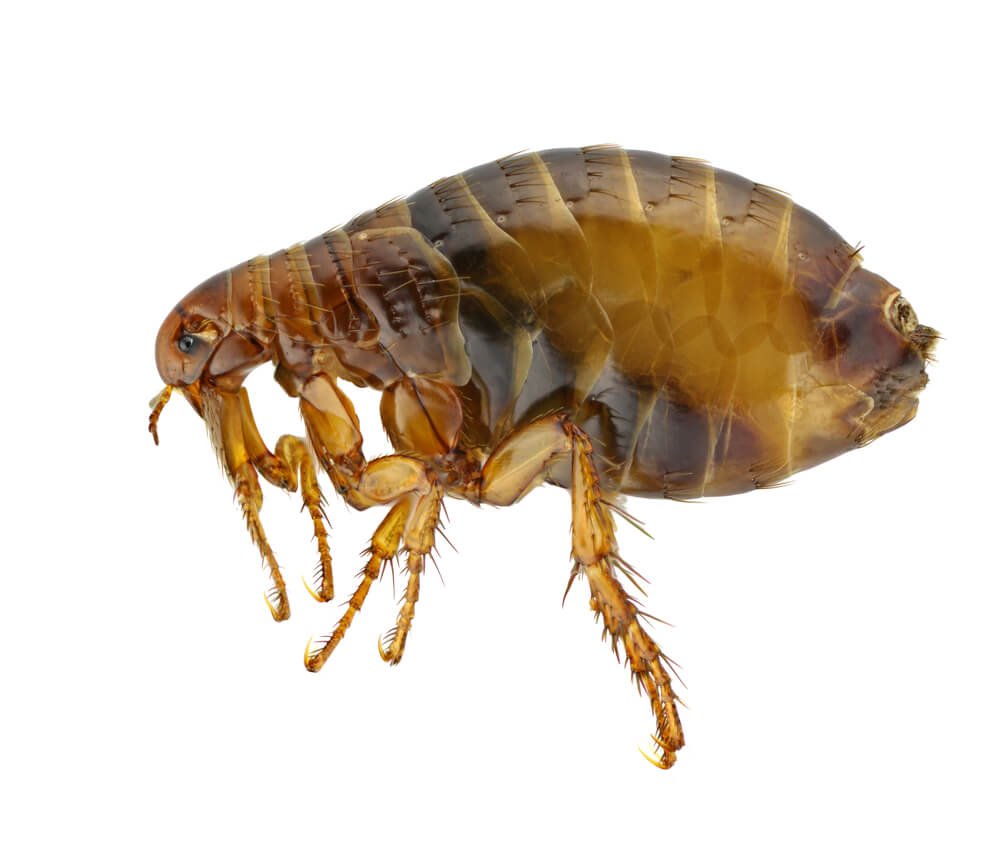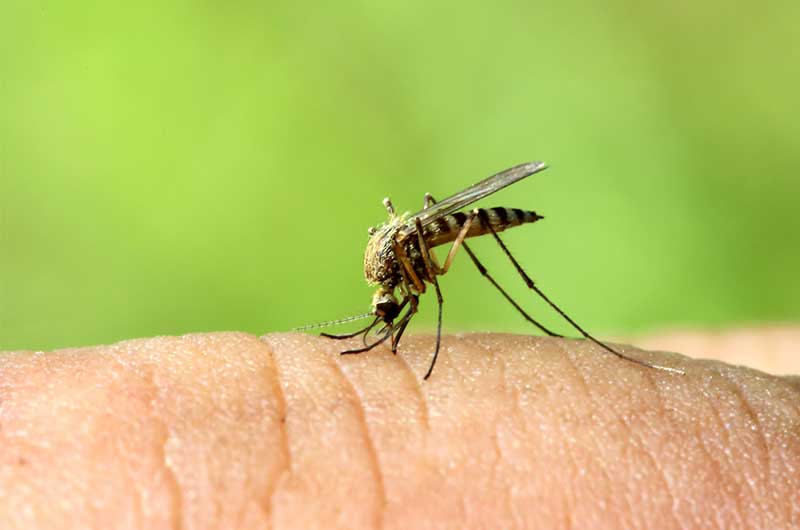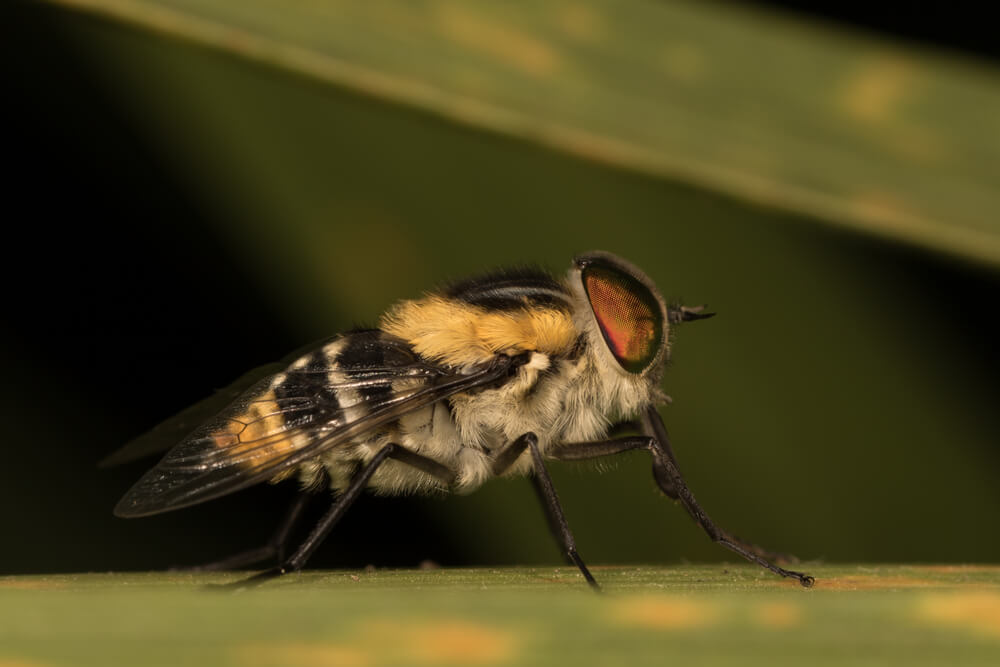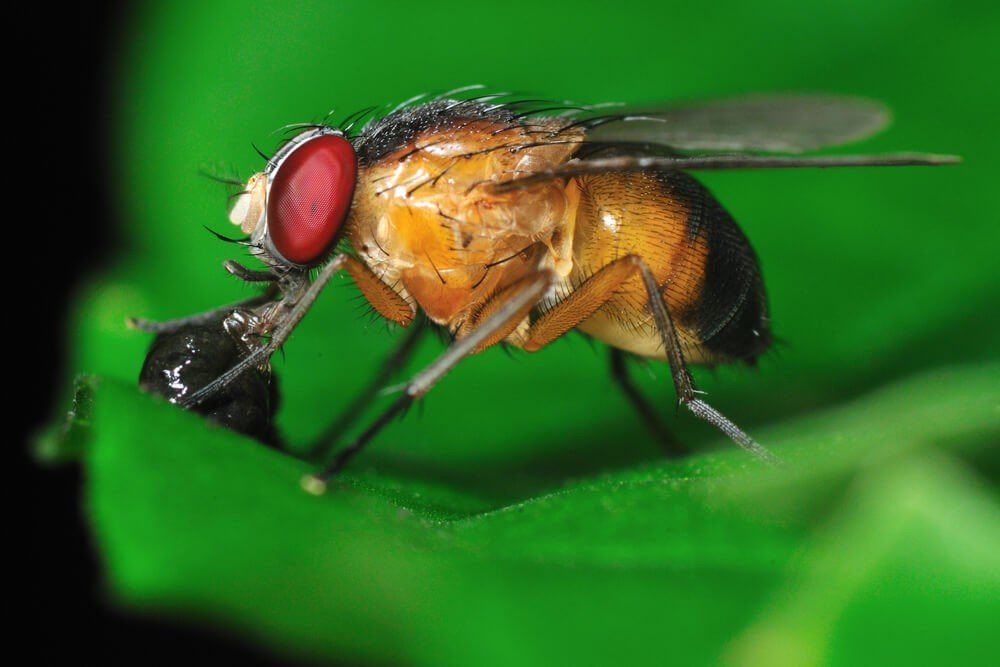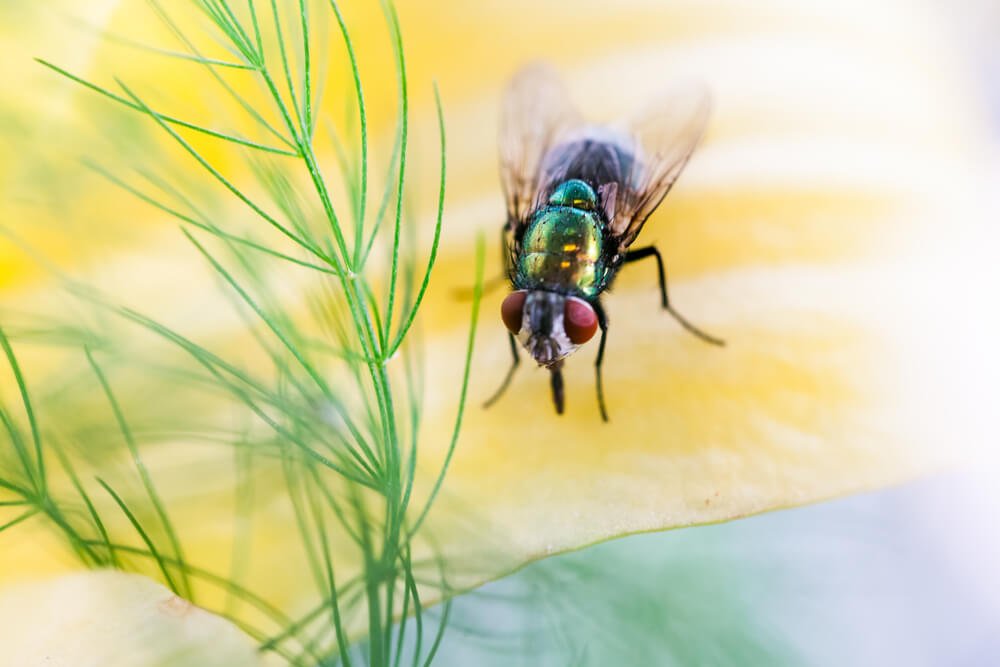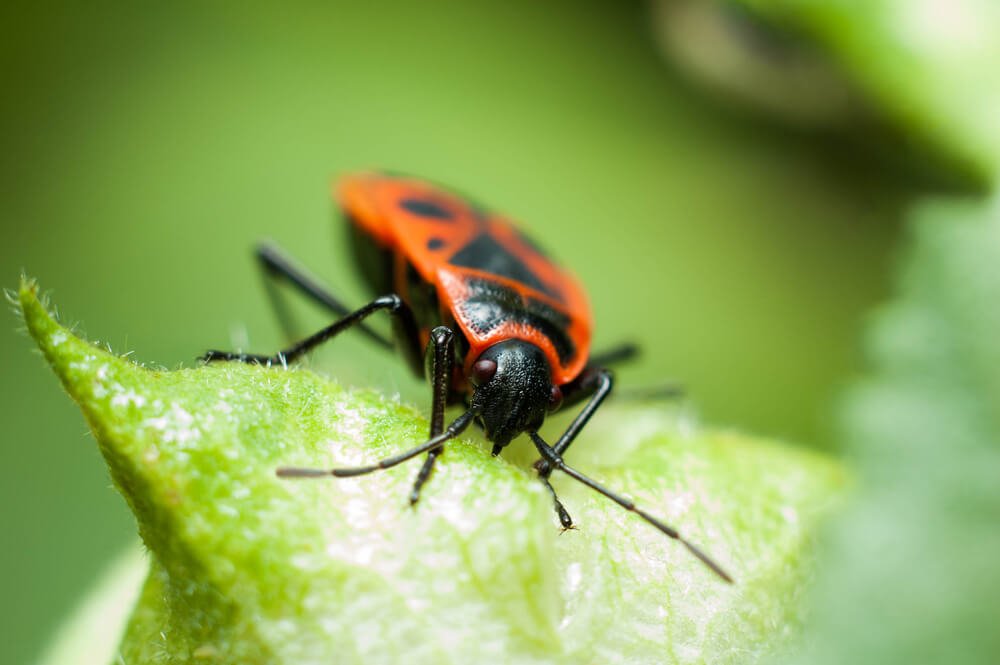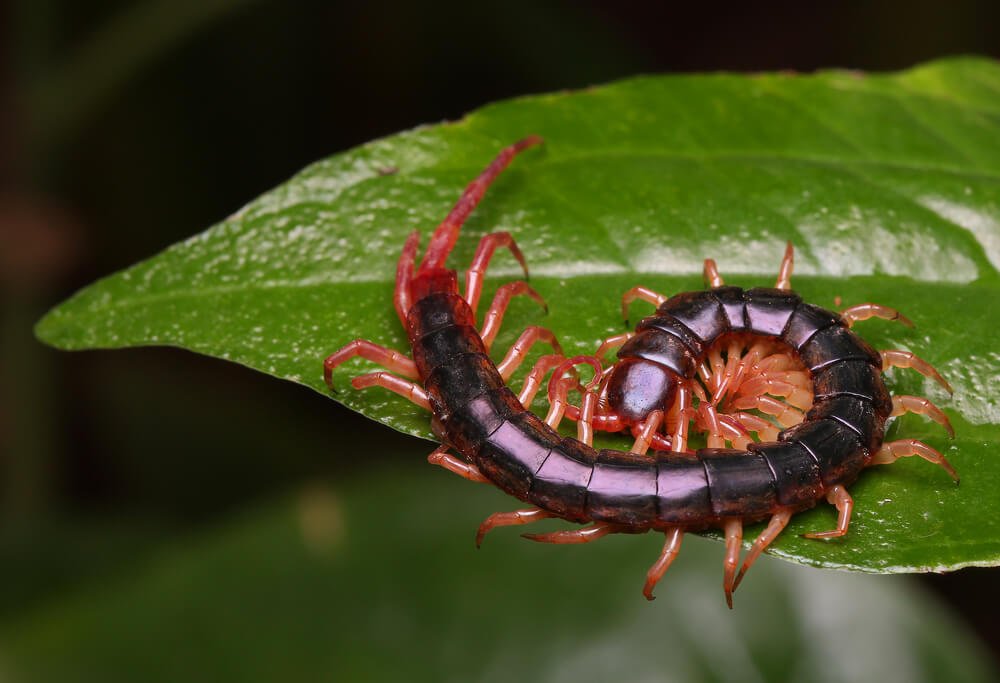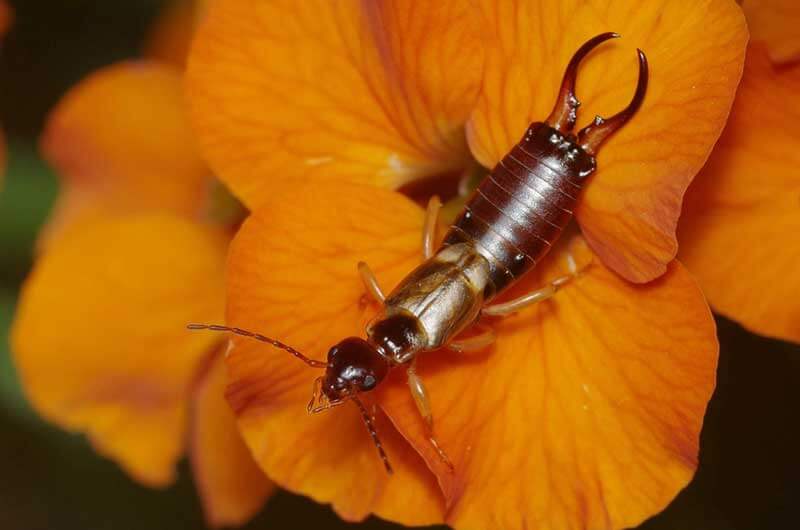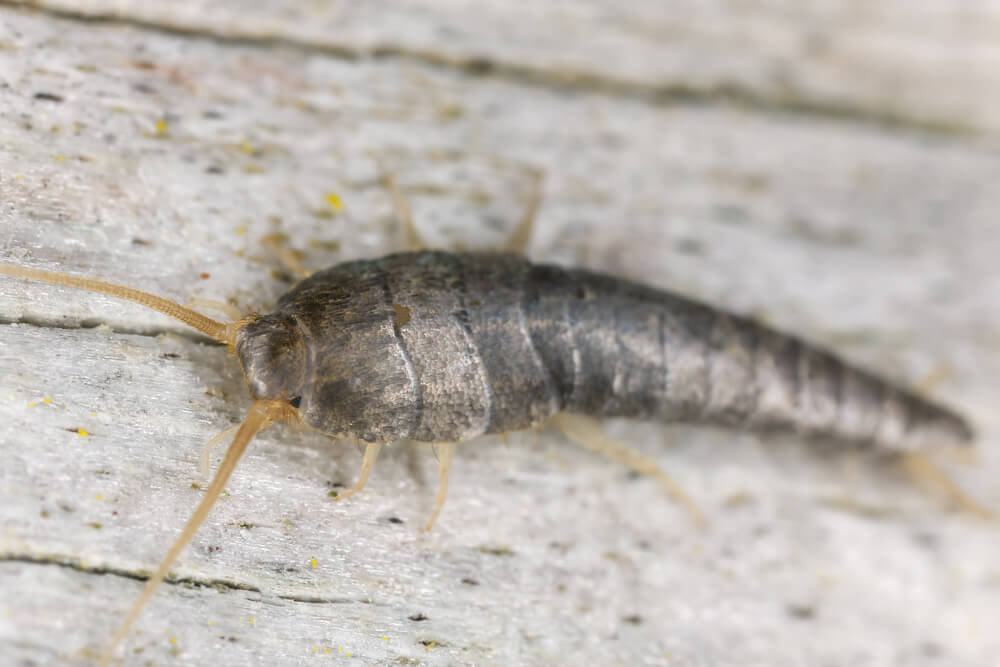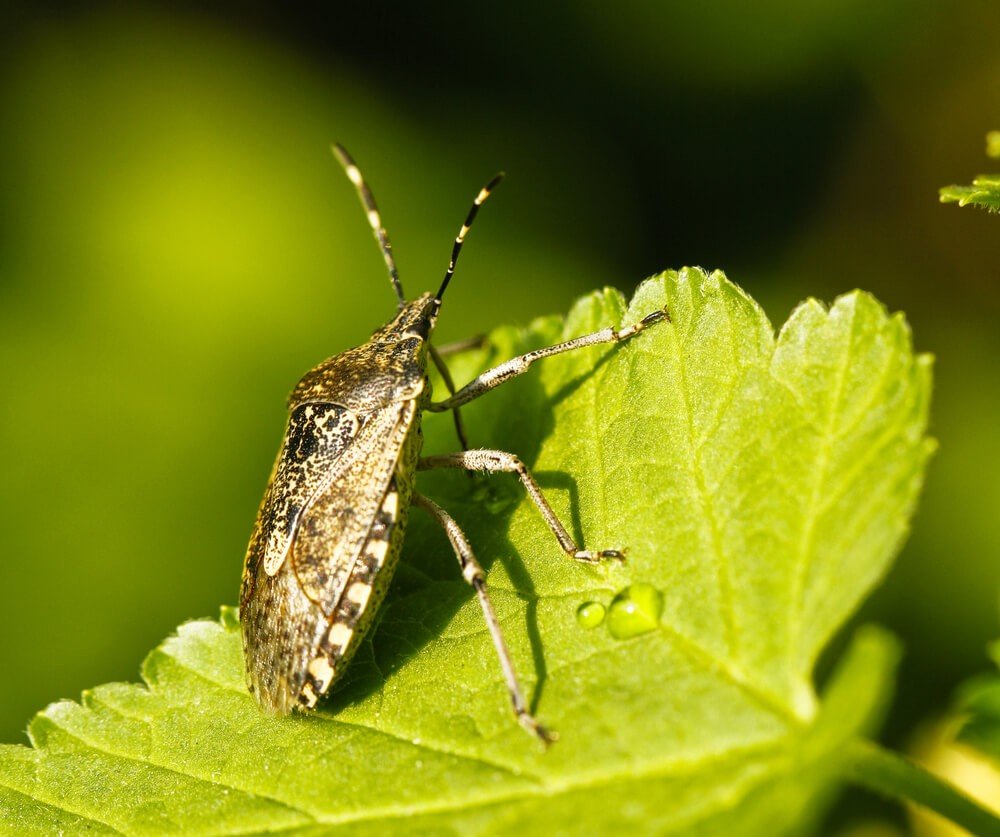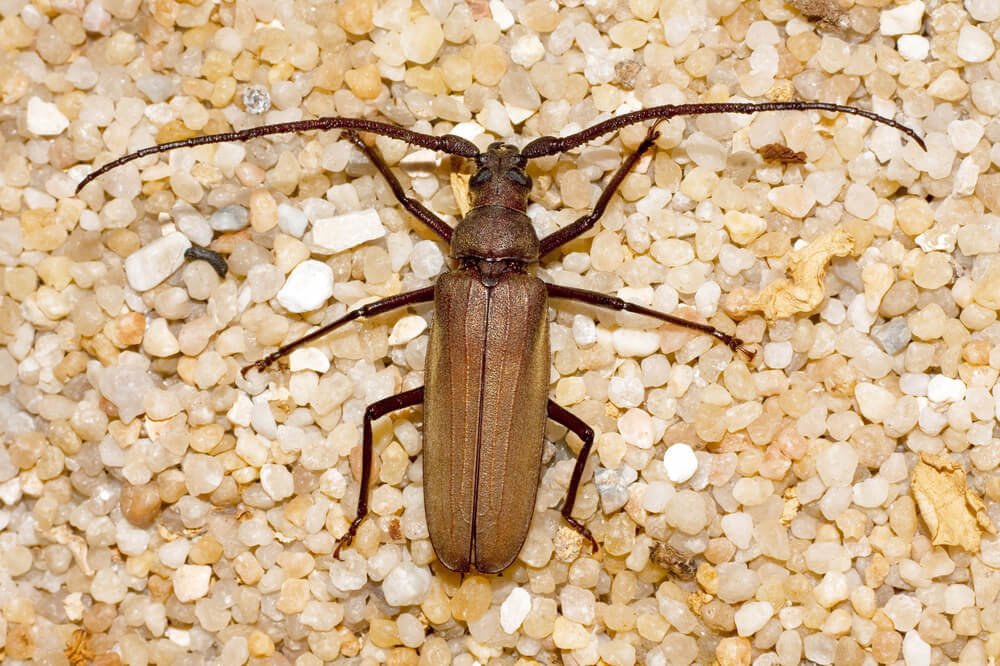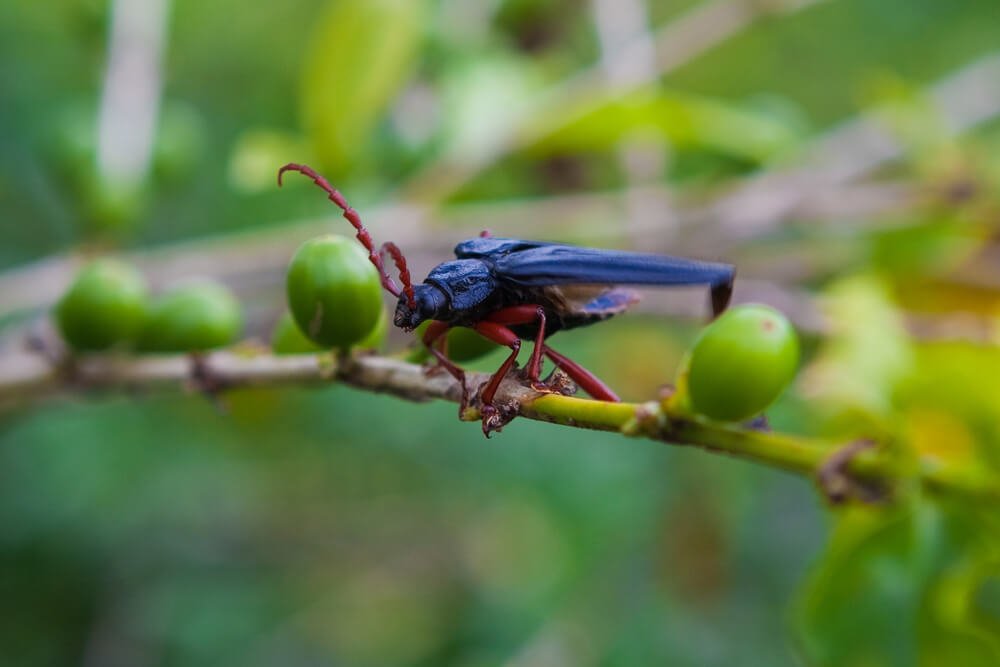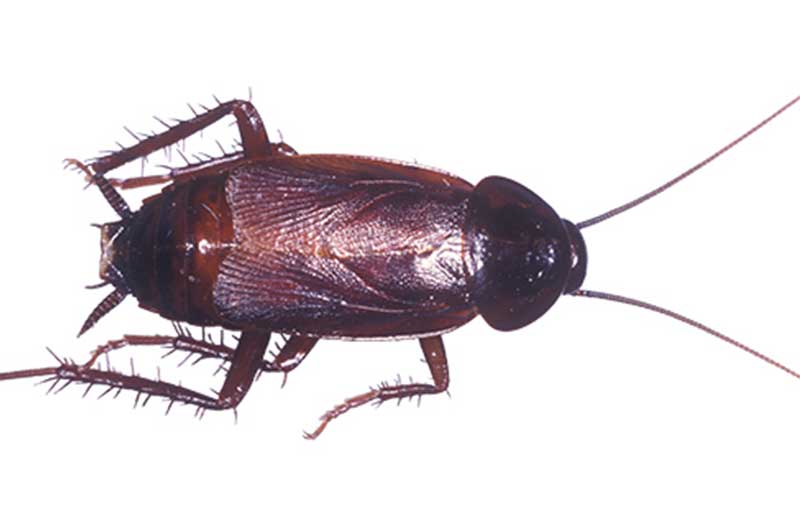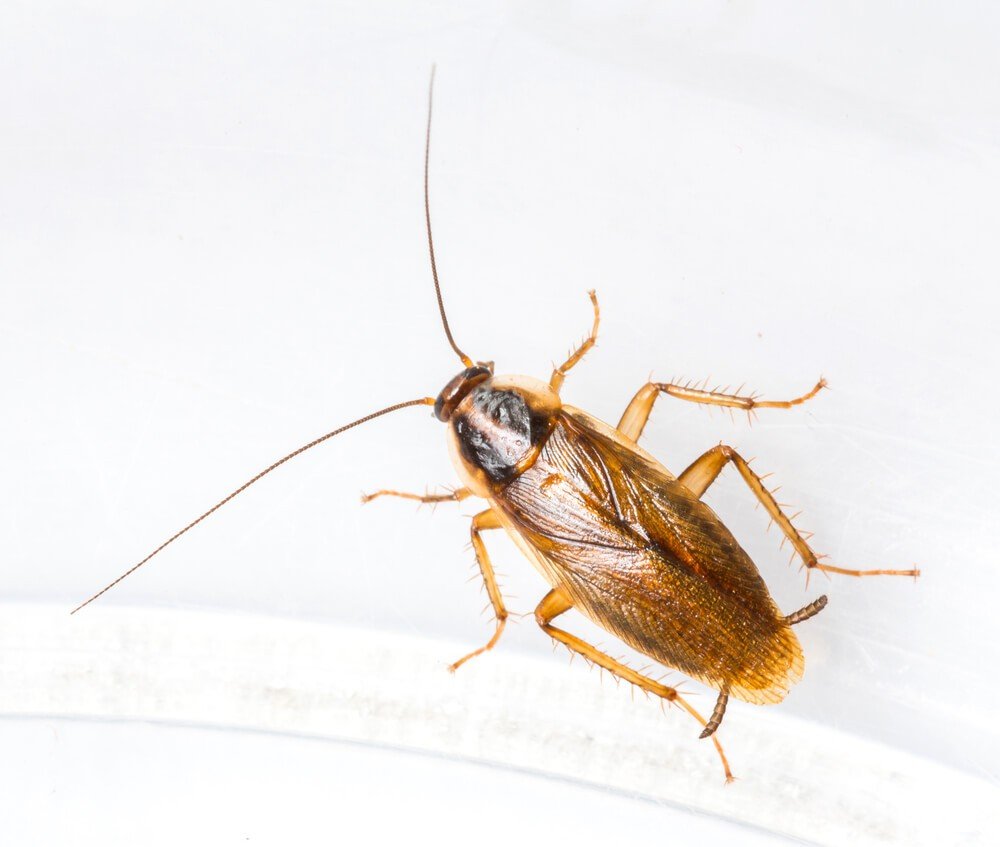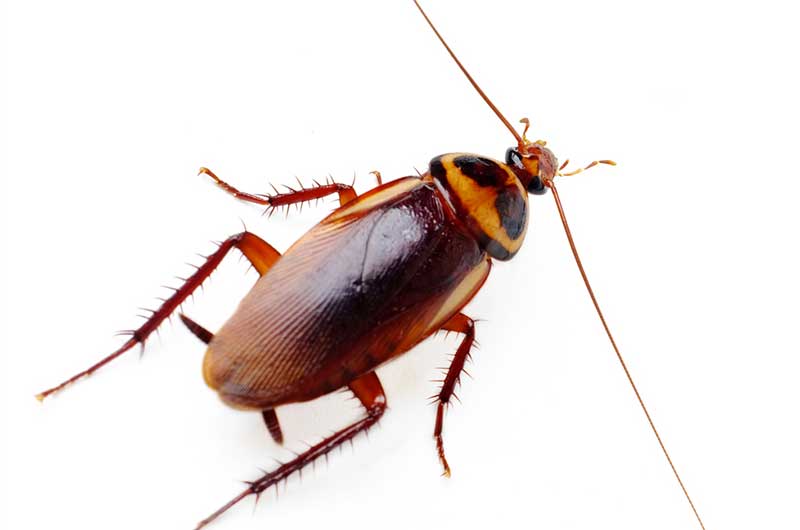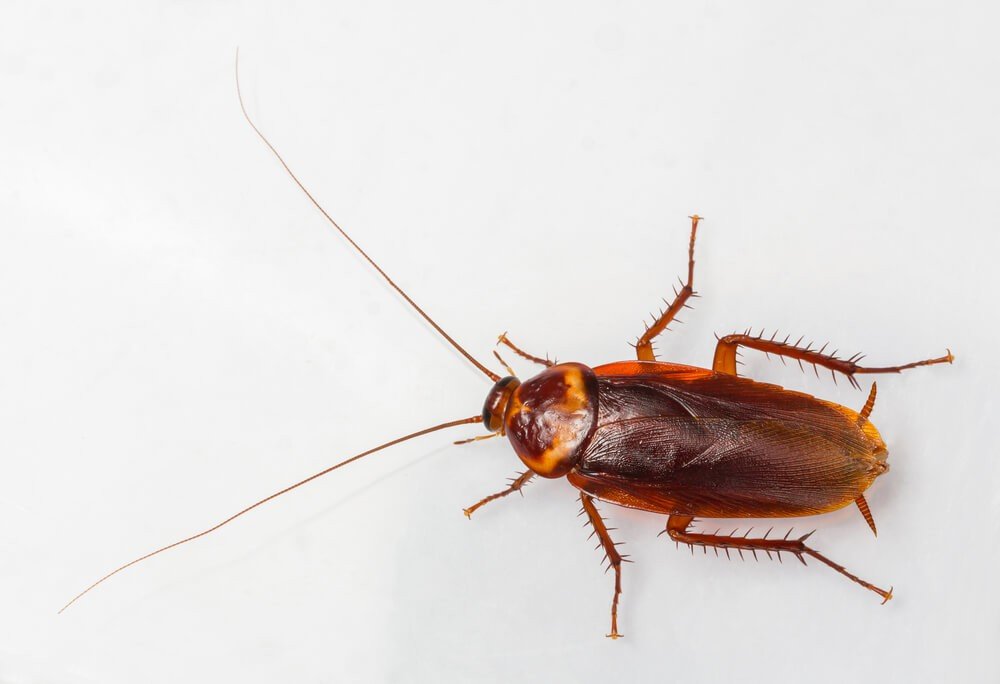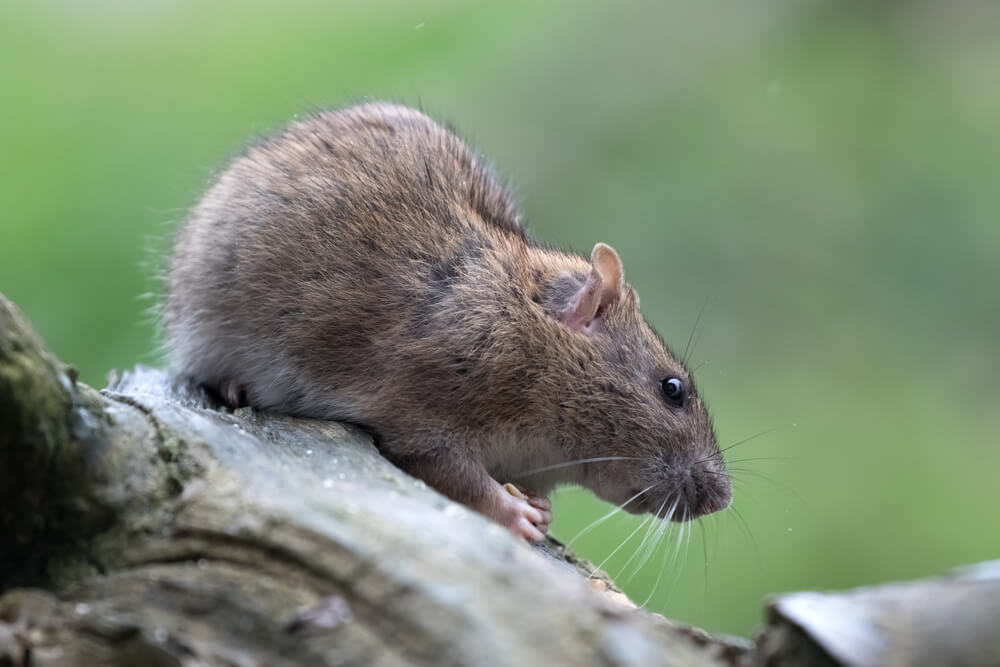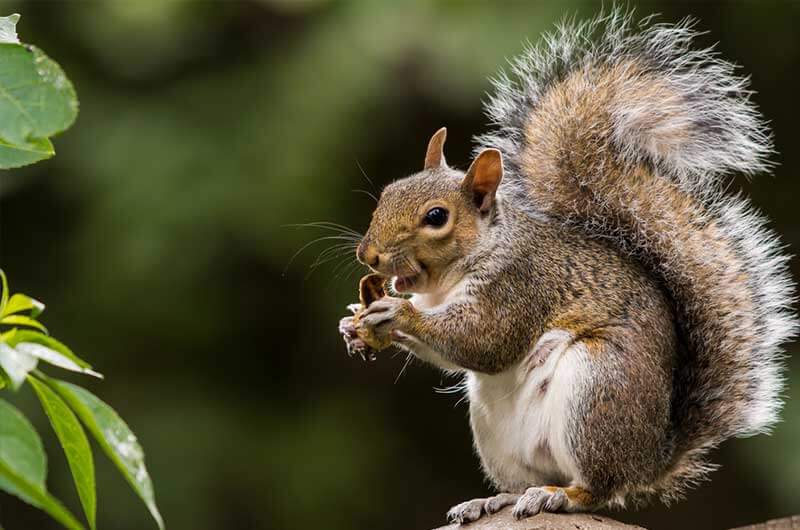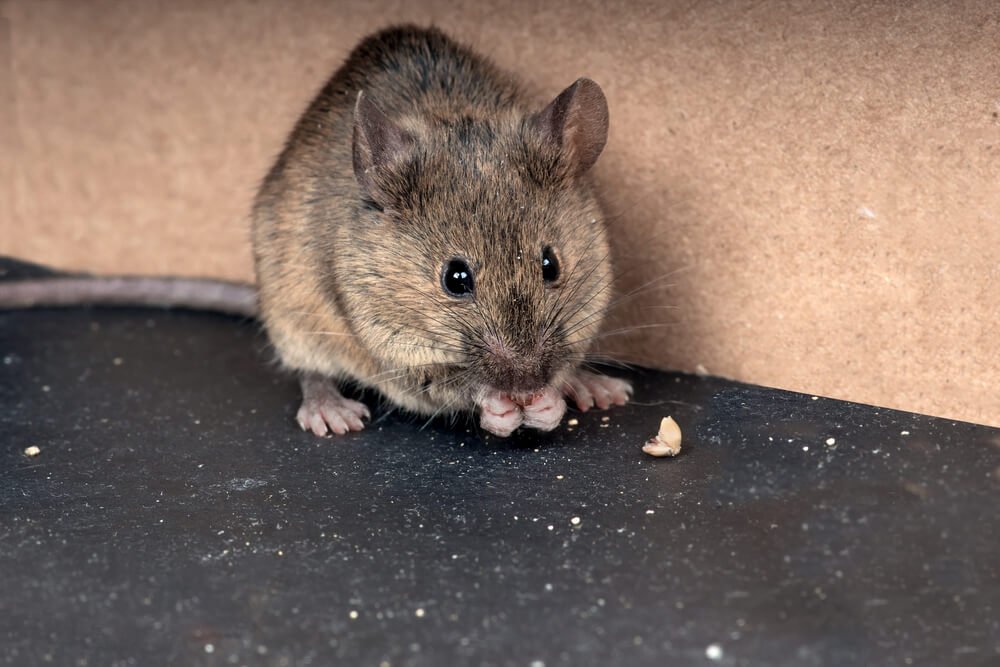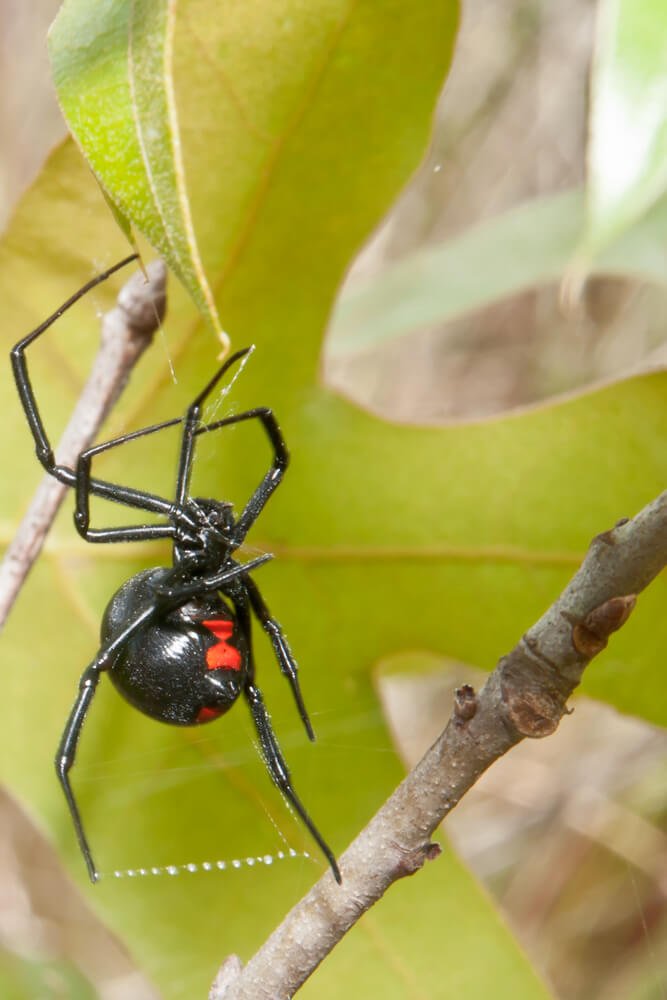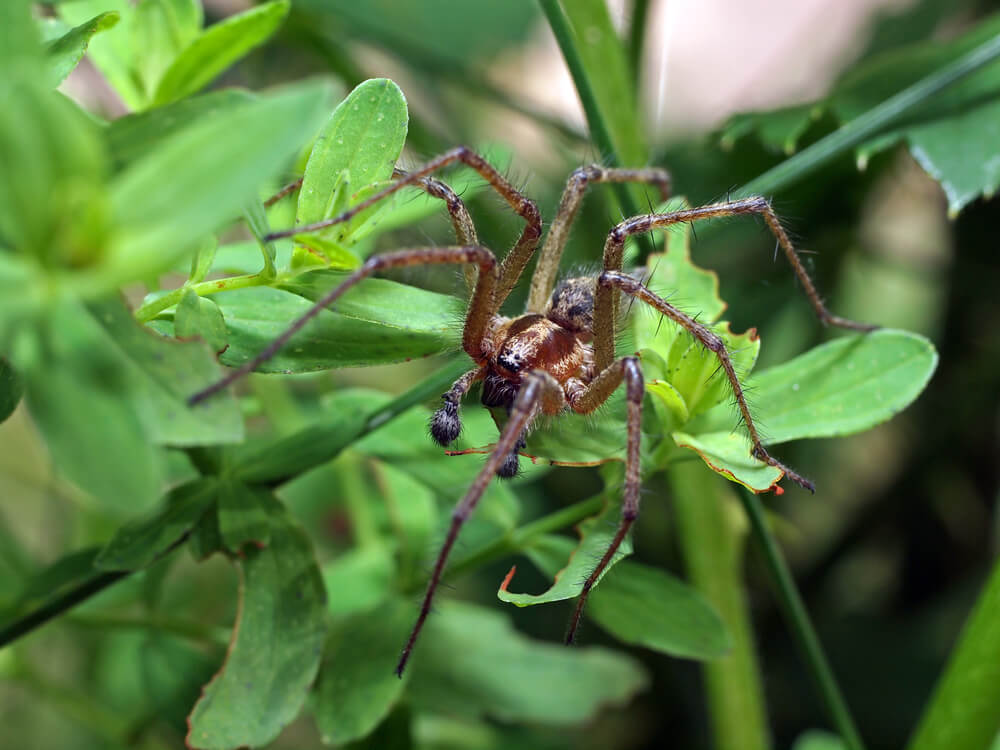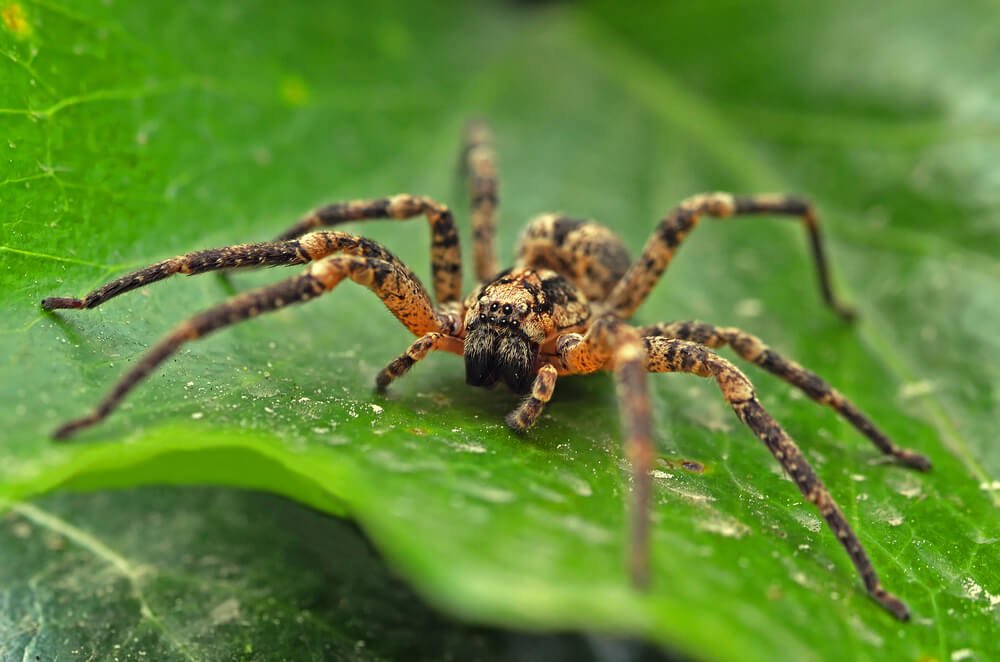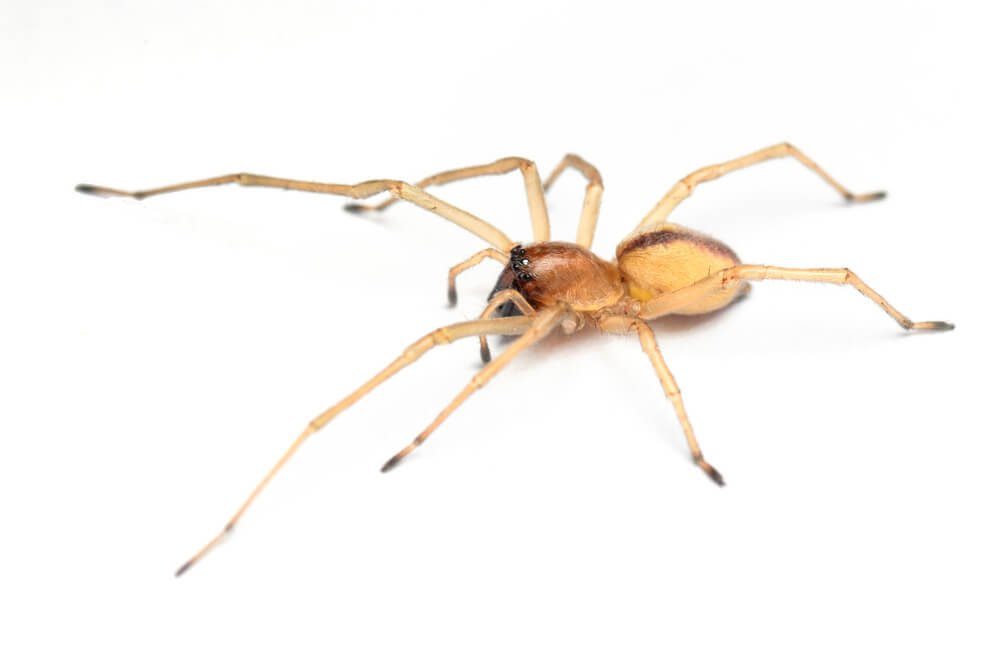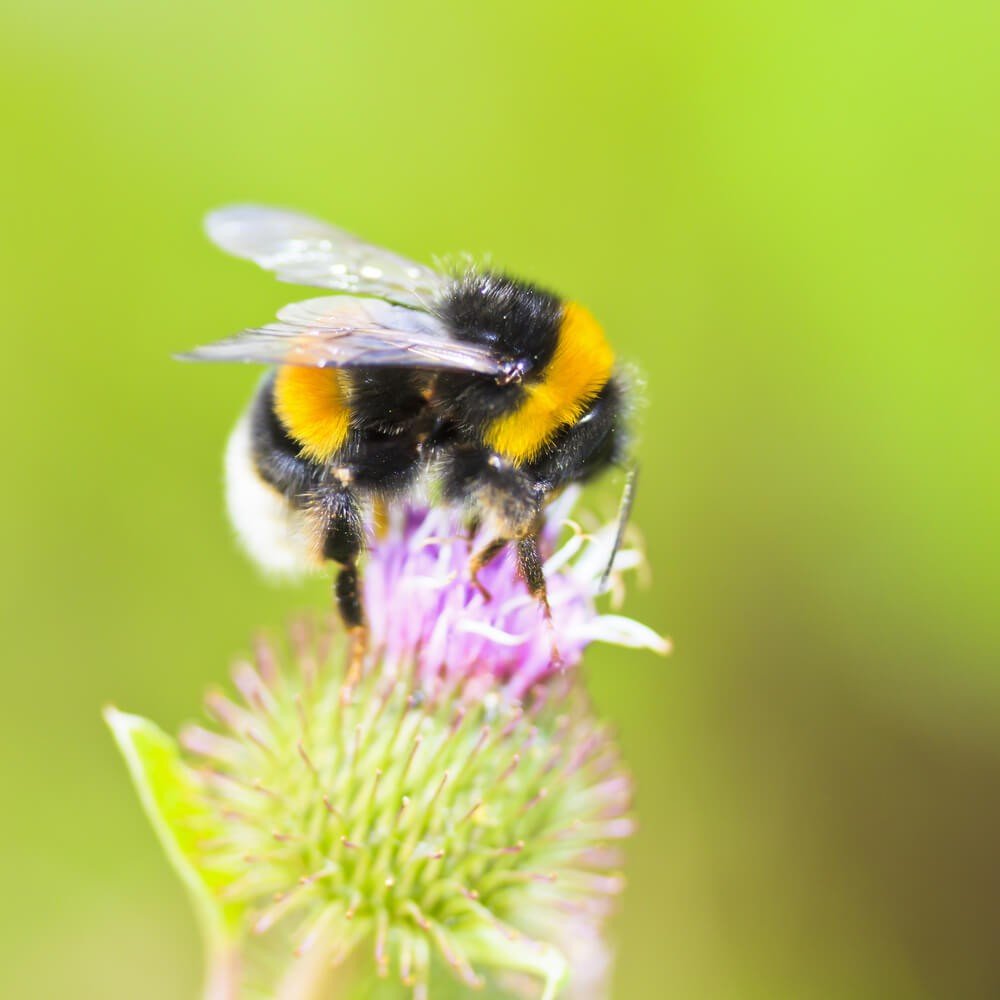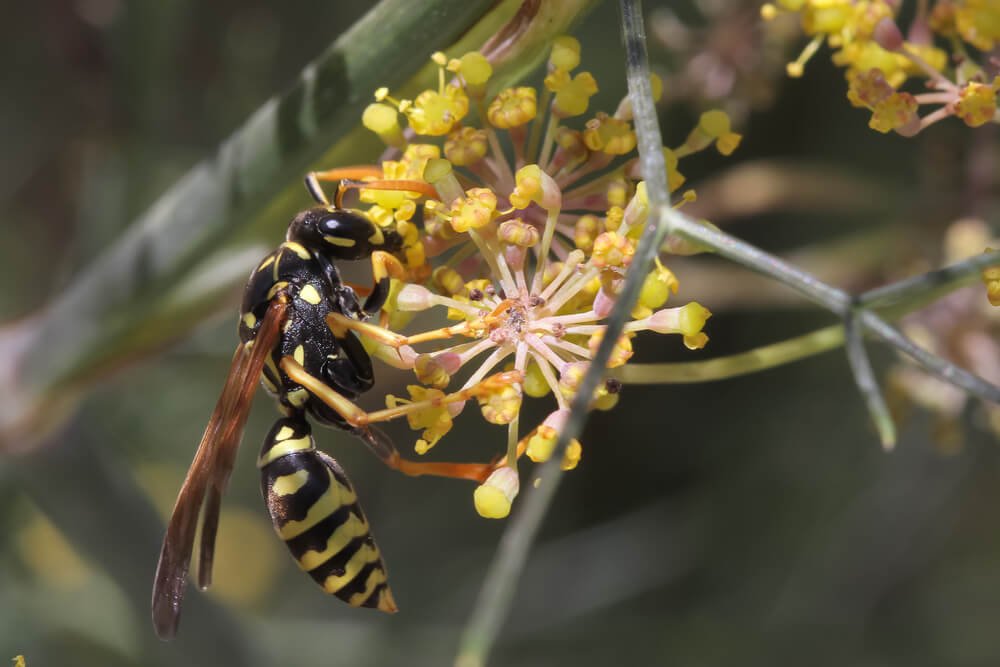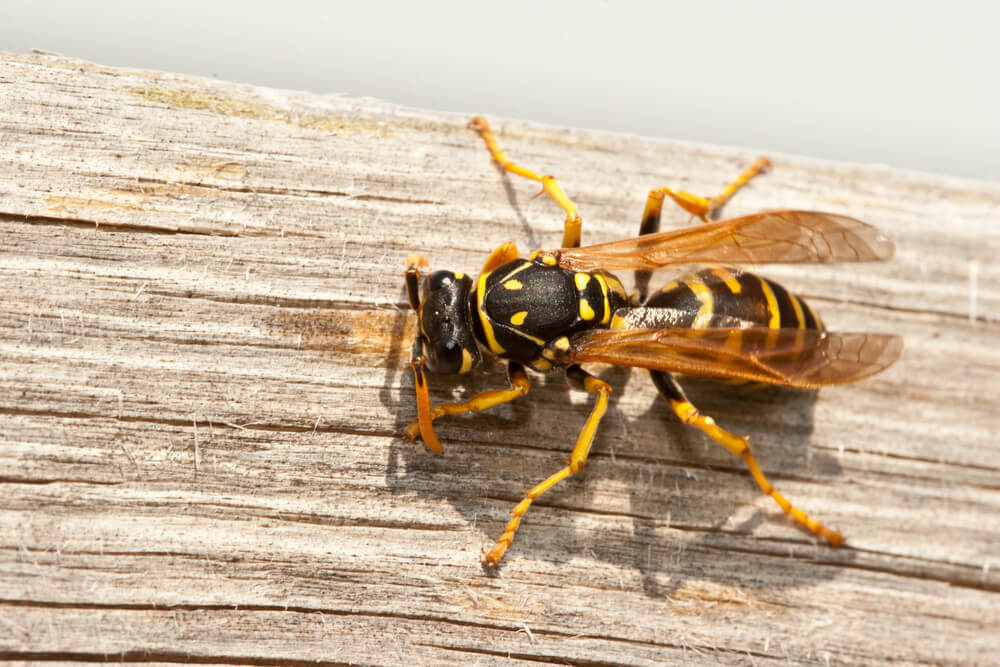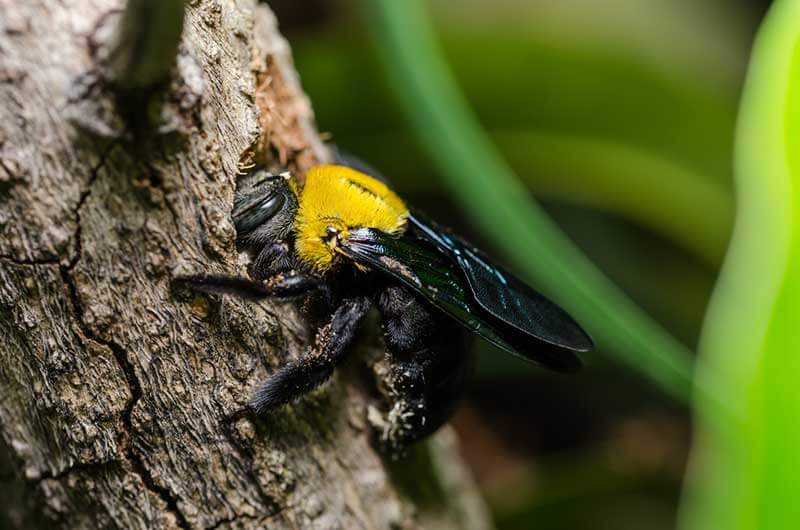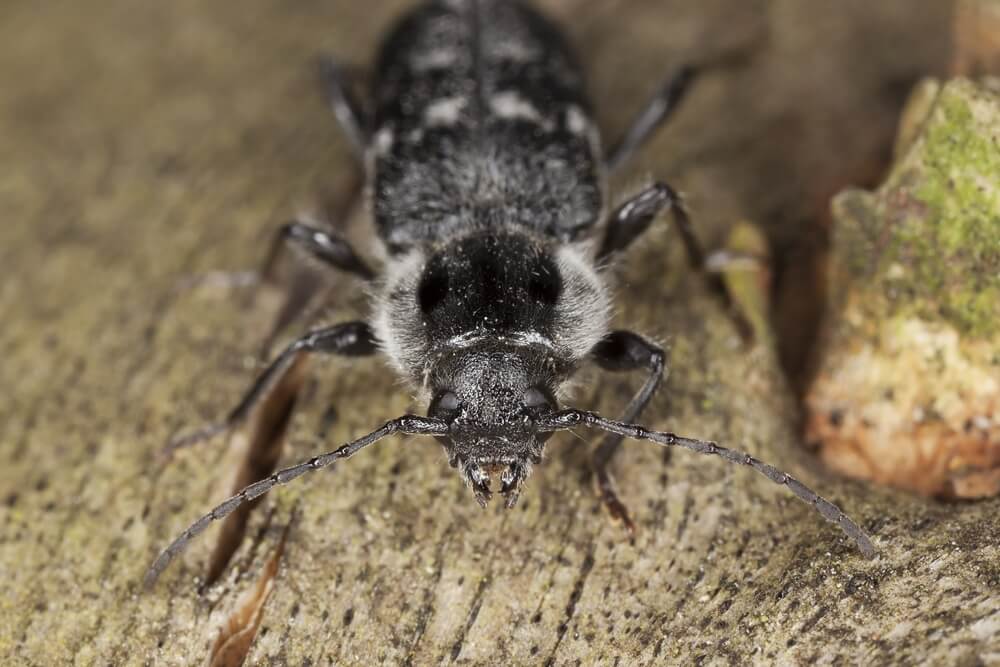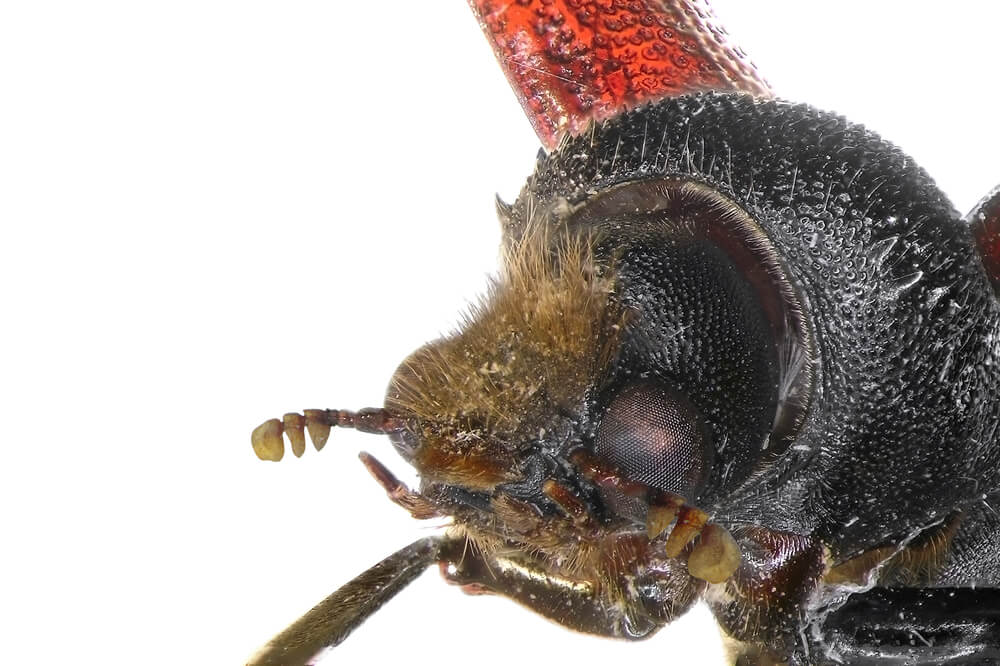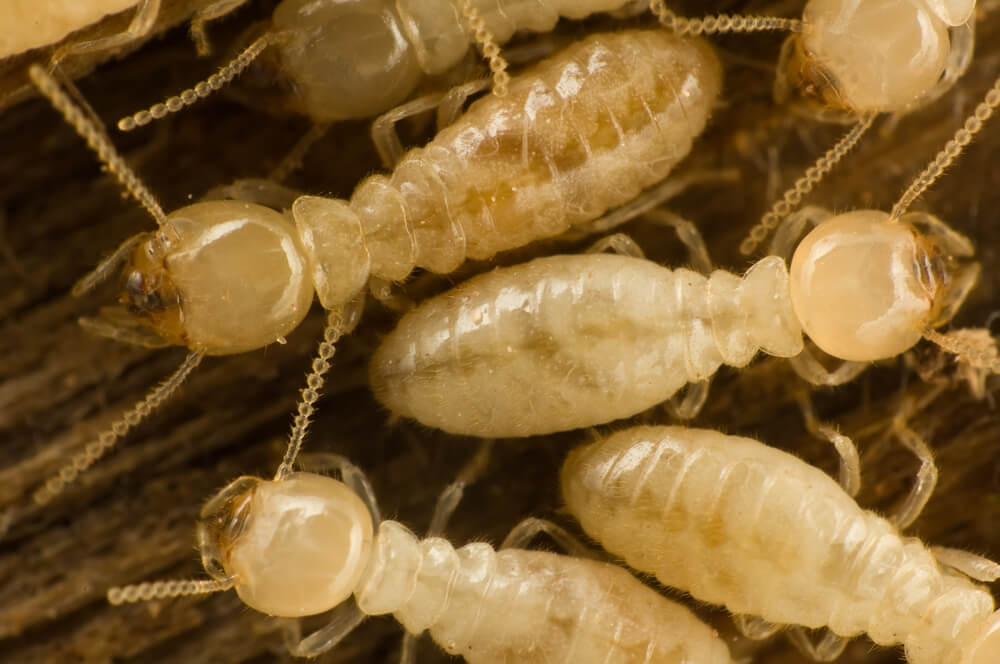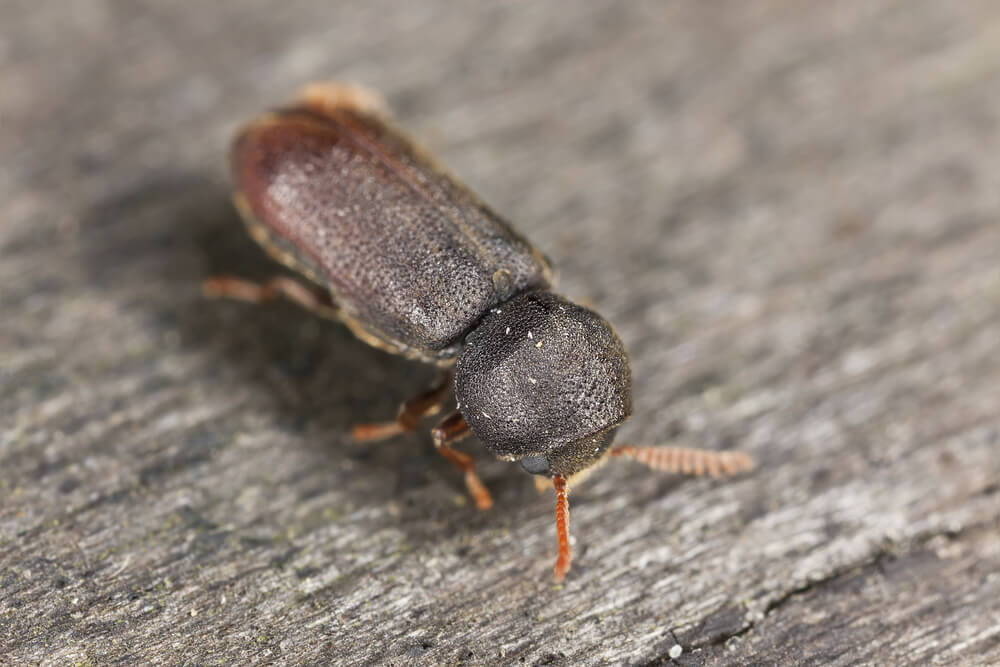Summary
The European or giant hornet is an introduced species first reported in the United States in 1840 in New York. Currently, its geographical range extends from the Northeastern states west to the Dakotas, and south to Louisiana and Florida. It belongs to a family of wasps called the Vespids, which encompass all of the yellowjackets including the bald-faced hornets. Technically, it is the only hornet in North America.
The European hornet is a large, aggressive yellowjacket. Homeowners should be cautious when attempting to control their nests.
Description
The adult European hornet worker is approximately 35 mm in length with yellow and brown coloration. The overwintering queens are somewhat larger. The nests are typically located in a cavity, such as a hollow tree or a wall void. They will rarely appear freely suspended like the football-shaped bald-faced hornet nests. The entrance to European hornets’ nests are frequently 2 meters (6 feet) or more above ground. In some instances, a portion of the gray, papery nest extends outside the cavity or void.
Life Cycle
Each fall, the colony produces males and females that mate, and the females become next year’s queens. Only the overwintering queens survive in protected sites such as under loose bark, in tree cavities, and in wall voids of buildings. All other colony members produced in the current year will perish.
In the spring, the emerging queens establish new nests in aerial cavities, deposit eggs in cells they have constructed, and feed the first batch of larvae. The larvae mature, pupate in their cells, and then emerge as sterile female workers. These workers take over the responsibility of foraging for food to feed the young larvae, collect cellulose to expand the nest, and protect the nest from external threats. Typical food for the young include crickets, grasshoppers, large flies, caterpillars, and the workers of other yellowjacket species.
European hornet colonies often contain 300 or more workers by September or October (maximum of 800–1,000 workers). These workers are unique among the yellowjackets for their ability (actually a propensity) to forage at night. It is not unusual for workers to bounce off of external lights or house windowpanes during summer nights. Although the workers will sting if handled, they are not normally aggressive unless the colony is threatened.
In addition to the hazard created by their stings, the hornets will also damage various trees and shrubs by girdling the branches and twigs to gather bark for nest building and to obtain nourishment from the sap.
Management
For treatment of European hornets in wall voids of buildings, we advise the use of professional pest control services. Be certain NOT to plug the hornets’ entrance because they may chew through interior wall coverings in an attempt to escape and enter the living area.







